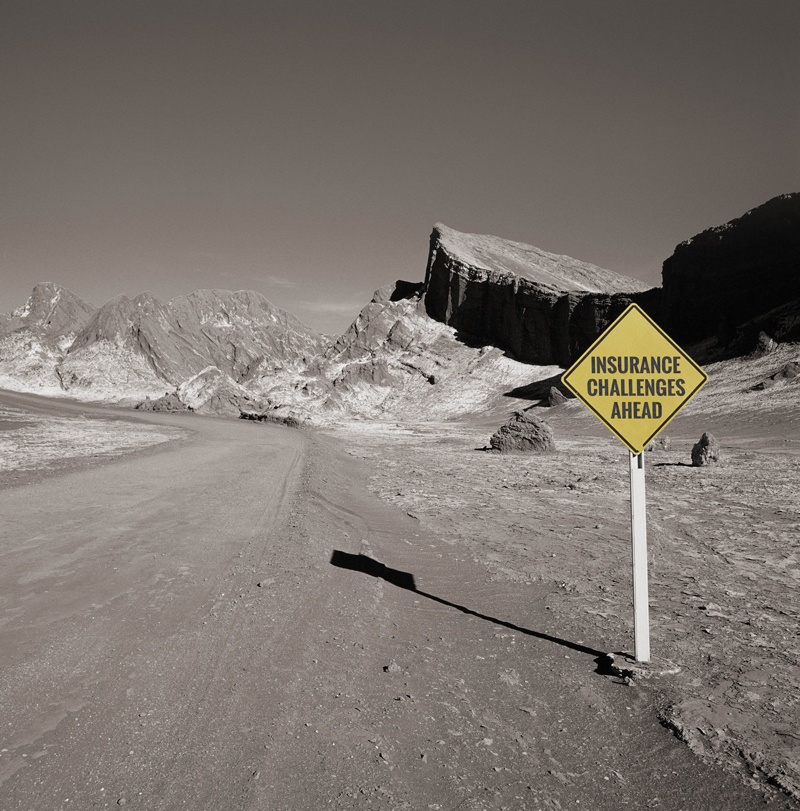Last week, we were at the Flood Risk Summit in Toronto. It was a forum intended to share information among insurers, brokers, and government (local and provincial). It was amazing to see what is happening in Canada on flood insurance, and definitely worth a review here.
Topics: Flood Insurance, Insurance Protection Gap, Canada Flood Risk
Private Flood at the Crossroads – Sink (pun intended) or Swim?
Posted by Bill Raymor on Jun 14, 2017 8:00:00 AM
At Intermap Technologies we write about the ever-changing landscape of insurance, government, and natural catastrophe. Because of the pending reauthorization plans for the NFIP (H.R.1423 - National Flood Insurance Program Reauthorization and Improvement Act of 2017) currently working its way through Congress, our most recent blogs have been centered around flood.
Topics: Flood Insurance, Risk Management, Flood Risk, Insurance Protection Gap
FM Global has published the Global Flood Map (or Global FM - fans of palindromes, rejoice). It is a free-to-use flood map that covers most of the world. The flood map is delivered through an easy-to-use portal, and is offered in the spirit of building awareness around flood risk. We here at the Risks of Hazard are excited to see it out there (especially since we like palindromes).
Topics: Flood Insurance, Flood Modeling, Insurance Protection Gap, Global Flood Map
More Support for Private Flood – The GAO and the Senate
Posted by Ivan Maddox on May 2, 2017 8:00:00 AM
Last week, a new Senate bill was introduced (by a bipartisan tandem of senators) to reauthorize the NFIP for 10 years, along with a study on flood insurance from the General Accounting Office (GAO). Both documents propose expansion of private flood insurance in the US. When added to the NAIC/CIPR’s flood study and the “monograph” (love that term) from the American Academy of Actuaries, the momentum in regulatory circles is clear. We just need something from The Big I to add to the choir.
The Senate bill, as mentioned, is intended to reauthorize the NFIP for another decade, but with significant changes. It does its best to juggle the various mandates the NFIP fulfills (flood plain management, flood risk mitigation, lender support, economic growth, along with flood insurance), and thus presents a bucket list of ambitions. As usual, the imperative on the NFIP to serve so many purposes will ultimately jeopardize its ability to be an effective insurer. However, as long as everyone is OK with this state of affairs and doesn’t expect the NFIP to actually be a solvent insurer of flood risk… whatever. Here is a link to Insurance Journal for a summarized version of the bucket list.
On the same day, the GAO released a study on flood insurance that complements the other studies coming out in April. It is a hefty affair, as one would expect from that august body of bureaucracy, but it is very, very good reading. The thing I like most about reading the GAO study is that it is the latest in a tradition of studies on flood insurance – they refer to their previous reports from decades past, often citing conclusions that have proven to be valid. The other studies are firmly focused on the present and future, while the GAO discusses the future from a durable and decades-long foundation of studies. And what do they say from this position? The same thing as everyone else: there needs to be more private flood insurance. Well, that’s one of their six conclusions, at least:
Topics: Flood Insurance, Private Flood, Insurance Protection Gap, NFIP, GAO
Last week the American Academy of Actuaries released a paper on flood insurance: The National Flood Insurance Program: Challenges and Solutions. April has provided a motherlode of excellent material on flood insurance, including the study from the CIPR: Flood Risk and Insurance, which we explored last week. Let’s check out the Academy’s monograph (a nice synonym for “study” or “white paper”, isn’t it?).
As the title states, the monograph is concerned with describing challenges the NFIP must confront, and solutions for them. The monograph (that really does sound good, doesn’t it?) is 96 pages, so we are going to heavily summarize the key challenges and solutions – but do note that the paper is absolutely worth a close reading or two.
Here are the key challenges, according the Academy, verbatim because they are so clear:
- The inherent contradictions in NFIP mandates. The NFIP is tasked with both achieving solvency and making coverage widely available at “affordable” rates, policy goals that may not be simultaneously achievable.
- The non-insurance activities of the NFIP. The NFIP performs a number of tasks in the public interest, such as promulgating maps, encouraging smart land use policies and building codes, and reducing the public’s dependence on post-event disaster assistance. The benefits of such tasks are not directly measured in the NFIP’s financial results from underwriting flood insurance.
- The NFIP’s interaction with other federal budget functions. The activities noted in the prior bullet point affect federal outlays in other areas such as disaster assistance or infrastructure investment to protect properties. A holistic view of the NFIP’s value needs to consider these functions.
- Changing hazard over time. The concern of rising sea levels illustrates the importance of looking at NFIP finances over a multi-decadal time horizon. Such long-term analysis is used by Congress in social insurance programs such as Social Security and Medicare.
- The impact of technology on what is possible to underwrite in the private market. Improvements in data and modeling tools have significantly improved the ability of private insurers and reinsurers to underwrite flood risk. The need for clarity around NFIP funding sources for it to compute actuarially sound rates. Actuarial standards and principles promulgated to guide ratemaking for private entities may not be completely relevant for public programs such as the NFIP, largely due to access to funding sources such as the ability to borrow from the Treasury and/or other means of post-event financing such as debt repayment surcharges. Addressing probability of sufficiency issues would mitigate this issue.
Topics: Floods, Insurance Protection Gap





